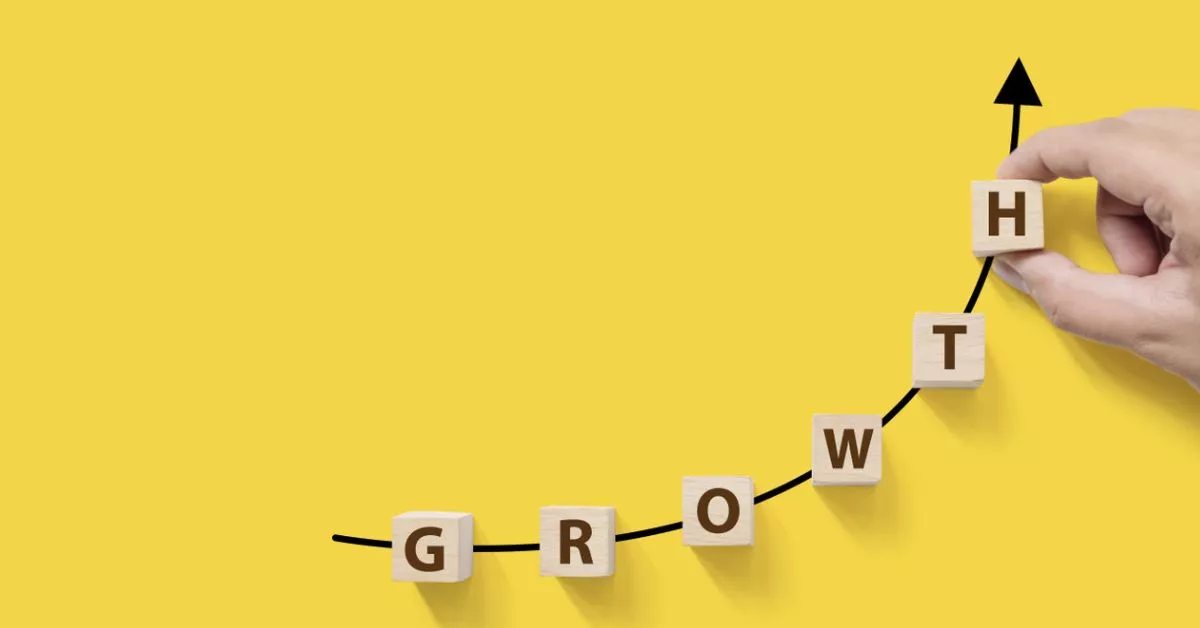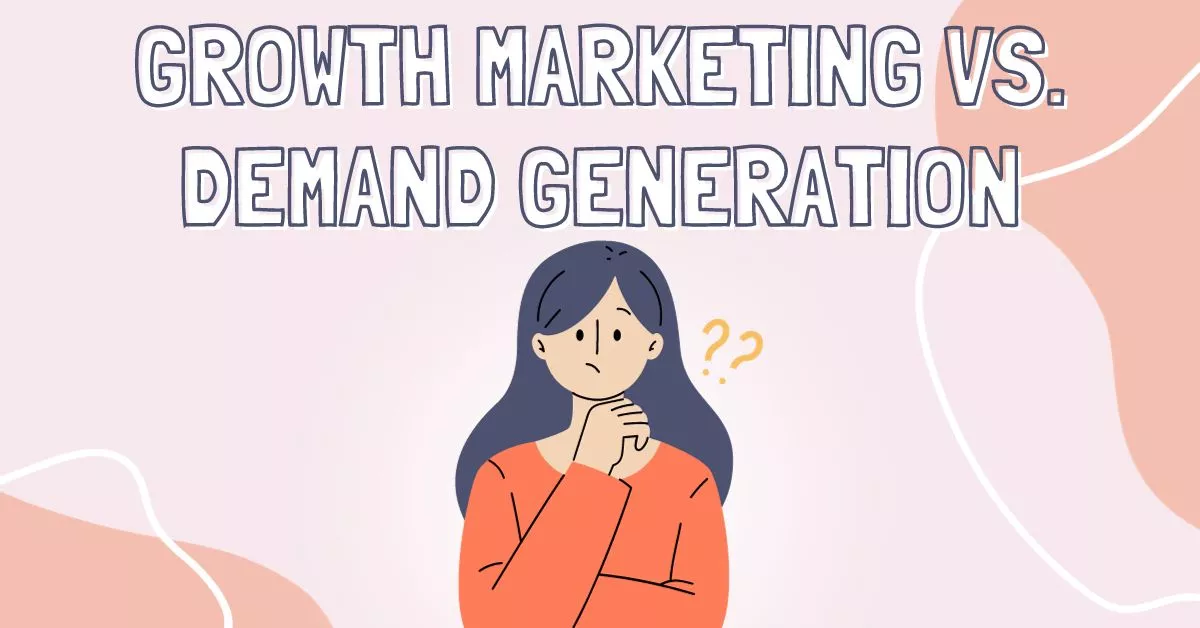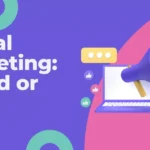In the fast-paced realm of digital business strategies, two terms often thrown around are Growth Marketing and Demand Generation. While they share common goals, they approach them in distinct ways. Let’s dive into the intricacies of each to understand how they contribute to the success of modern businesses.

Growth Marketing: Igniting Sustainable Business Expansion
1. Definition and Focus:
- Growth-Centric Approach: Growth Marketing centers on sustainable business expansion by focusing on the entire customer lifecycle.
- Beyond Acquisition: It extends beyond customer acquisition, incorporating retention, upselling, and advocacy.
2. Key Strategies:
- Data-Driven Decision-Making: Relies heavily on data and analytics to make informed decisions.
- Experimentation and Optimization: Constantly experiments with strategies and optimizes campaigns for maximum impact.
3. Customer-Centricity:
- Personalized Experiences: Prioritizes delivering personalized experiences to enhance customer satisfaction.
- Feedback Utilization: Actively collects and uses customer feedback to refine strategies and improve products or services.
4. Metrics of Success:
- Lifetime Value (LTV): Measures the total revenue a business can expect from a customer throughout their entire relationship.
- Retention Rates: Focuses on keeping existing customers engaged and satisfied.
Our recent posts-
- Navigating the Seas of SEO: Mastering the Multi-Platform Challenge.
- Google Does Not Use The Term Parasite SEO Internally: There Demystifying SEO Myths.
Demand Generation: Creating and Nurturing Interest
1. Definition and Focus:
- Creating Interest: Demand Generation revolves around creating and nurturing interest in a product or service.
- Beginning of the Funnel: Primarily operates at the top of the sales funnel, generating awareness and interest.
2. Key Strategies:
- Content Marketing: Leverages informative and engaging content to attract and educate the target audience.
- Multi-Channel Campaigns: Utilizes various channels, from social media to email marketing, to reach a wider audience.
3. Customer-Centricity:
- Understanding Pain Points: Focuses on understanding customer pain points and addressing them through tailored messaging.
- Lead Nurturing: Implements strategies to nurture leads and guide them through the sales funnel.
4. Metrics of Success:
- Lead Quantity and Quality: Measures both the volume and relevance of generated leads.
- Conversion Rates: Tracks the percentage of leads that progress through the sales funnel.
The Synergy: Where Growth Marketing and Demand Generation Converge
1. Integrated Approach:
- Holistic Strategy: A successful marketing strategy often integrates both Growth Marketing and Demand Generation for comprehensive results.
- Feedback Loop: Growth Marketing benefits from Demand Generation insights, ensuring that growth is fueled by a continuous influx of interested prospects.
2. Common Goal:
- Business Expansion: Both ultimately contribute to the overarching goal of expanding the business.
- Customer-Centricity: Place the customer at the core of their strategies, albeit at different stages of the customer journey.

In conclusion, while Growth Marketing and Demand Generation have distinct focuses and methodologies, they are not mutually exclusive. Businesses aiming for sustained growth often find success in implementing a holistic marketing approach that combines the strengths of both disciplines. Understanding when and how to leverage each strategy is key to navigating the evolving landscape of digital marketing.










